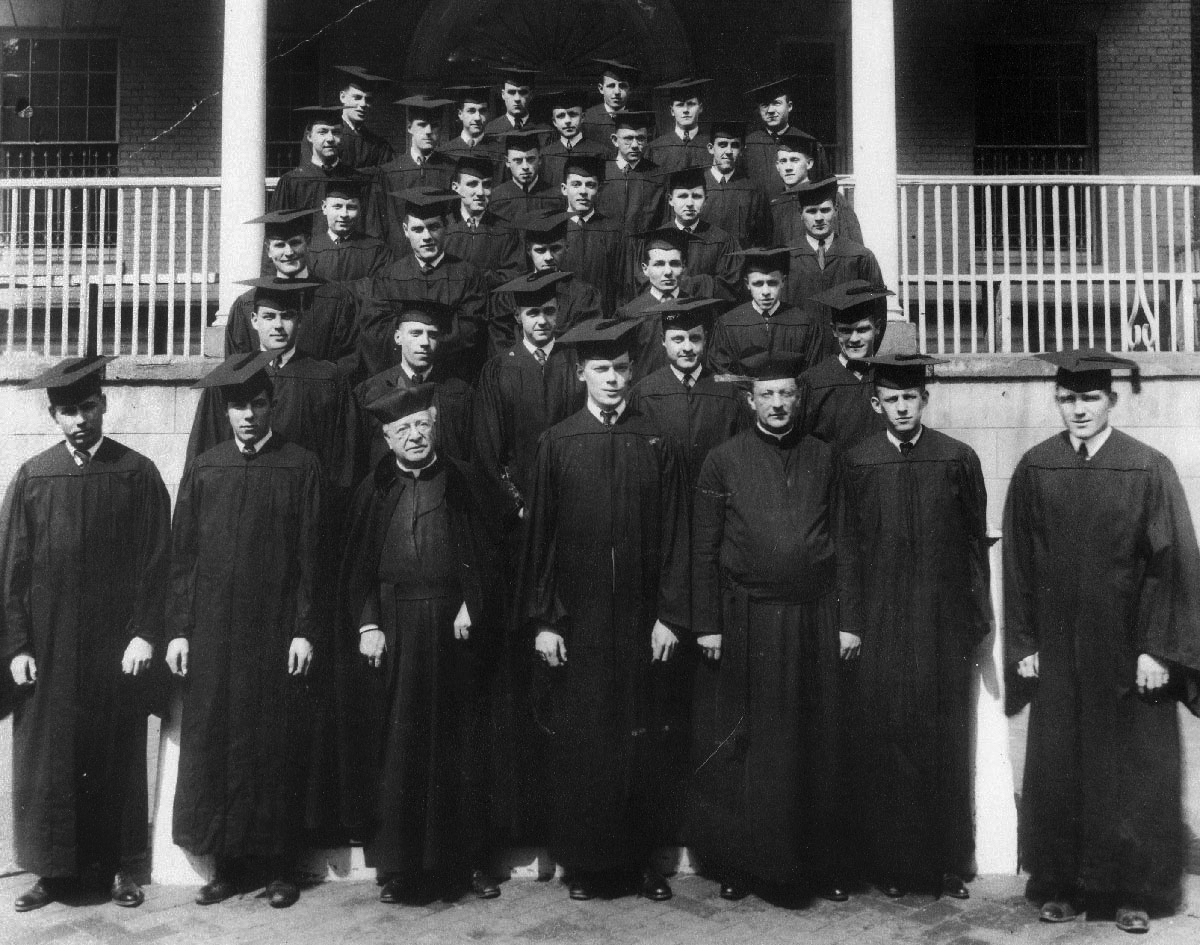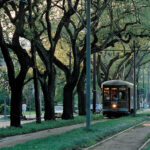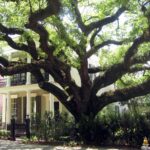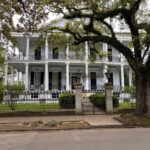Jesuits, Rum, and New Orleans
Unique NOLA Tours loves to tell stories not often told. Very early in our city’s history, a group of priests really got the colony rolling.
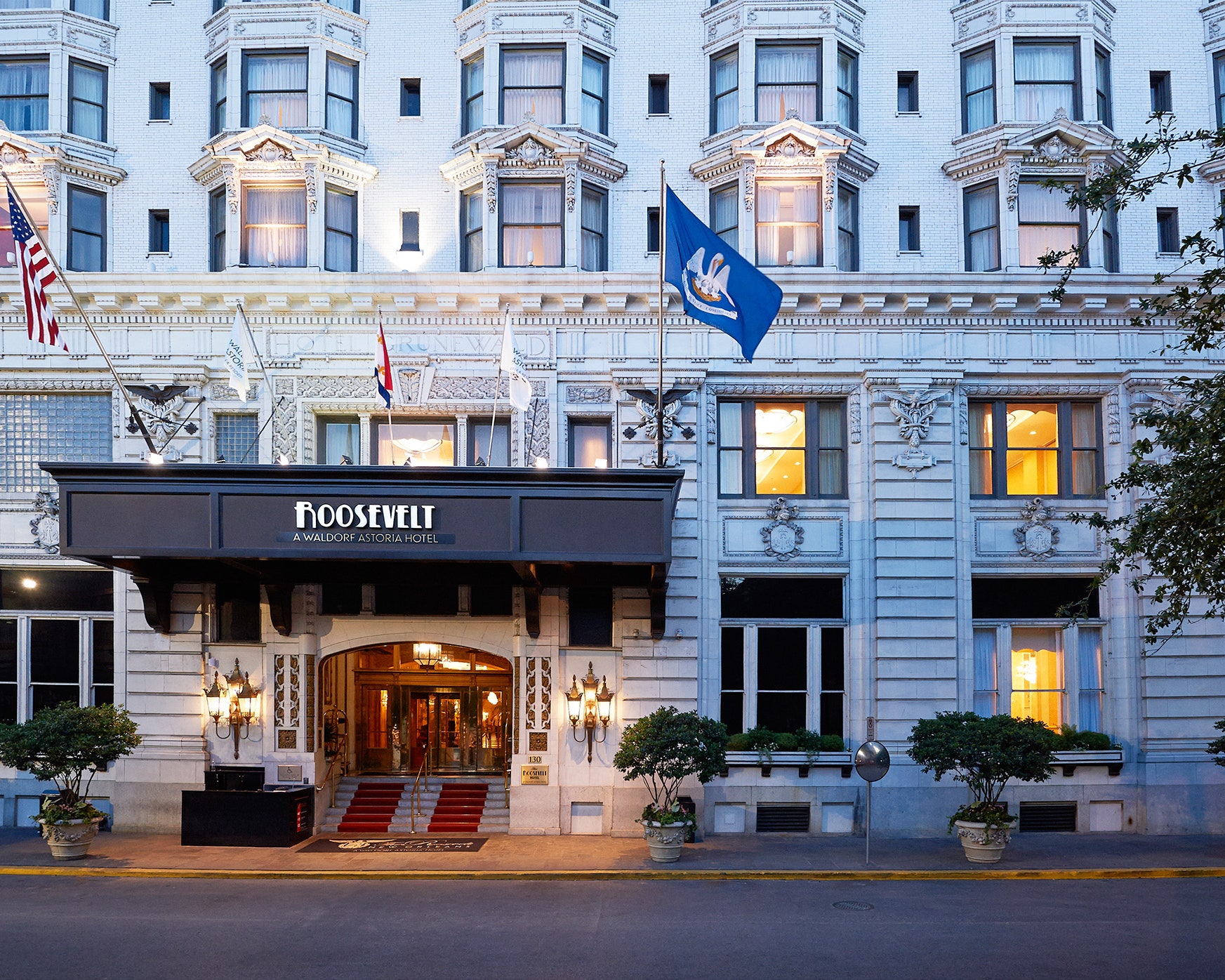
Right off Canal Street, where the Roosevelt Hotel sits today, was the edge of an enormous sugar plantation. It was the purview of some brave clergymen who had come to the New World on a mission.
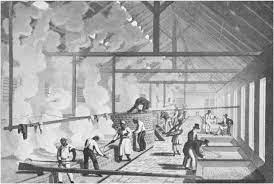
These plucky priests supported themselves with the proceeds of sugar syrup and a sort of rum called tafia. This would have been 1751.
About two hundred years earlier, St. Ignatius Loyola started the Society of Jesus, or the Jesuits, inspiring them to be self-denying, tough, prayerful, and absolutely dedicated to the Papacy. They were commanded to be ‘as obedient as a corpse.’
Mikko Macchione
Tour Guide with Unique NOLA Tours and Author of books about New Orleans.
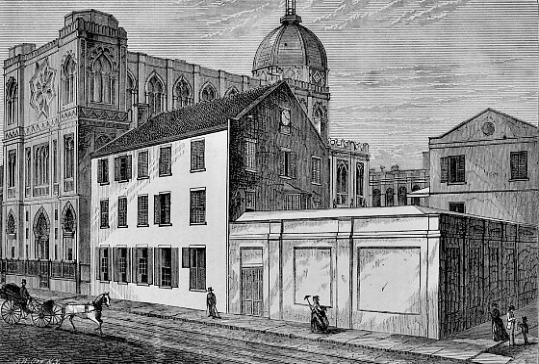 Okay, a little intense, but it was just this sort of zealotry that attracted politically conscious Popes to utilize these guys. The Jesuits took the dead body feeling out of their brand by choosing the motto: Ad Majorem Dei Gloriam – “to the greater glory of God” – a sort of “Oorah!” for the Vatican. You can still see the letters AMDG carved into the cornerstones of Jesuit buildings today.
Okay, a little intense, but it was just this sort of zealotry that attracted politically conscious Popes to utilize these guys. The Jesuits took the dead body feeling out of their brand by choosing the motto: Ad Majorem Dei Gloriam – “to the greater glory of God” – a sort of “Oorah!” for the Vatican. You can still see the letters AMDG carved into the cornerstones of Jesuit buildings today.
Early in the game, the first Jesuit to get to New Orleans, Father François Xavier de Charlevoix came when the village was three years old. He immediately saw dollar signs (francsigns? Signes des Livres?) He reported this:
I have the best-grounded hopes for saying that this wild and deserted place, at present almost entirely covered with canes and trees, shall one day, and perhaps that day is not very far off, become the capital of a large and rich colony.
These were the main obstacles to wealth from the New World: concerns about acclimatization, which crops to grow, getting God to help out, and most importantly, co-existing with the indigenous peoples. The Jesuits, the Papal SWAT Team, was perfect for the gig:
First and foremost, missionaries must be stationed in the midst of Savages which separate us from the English and as these are constantly endeavoring to win over the Indians and excite them to rise against us, it is absolutely necessary that the missionaries to be sent there be clever, active, and alert. Among all the Religious Orders in the world, the Jesuits alone are such. Therefore, we need them.
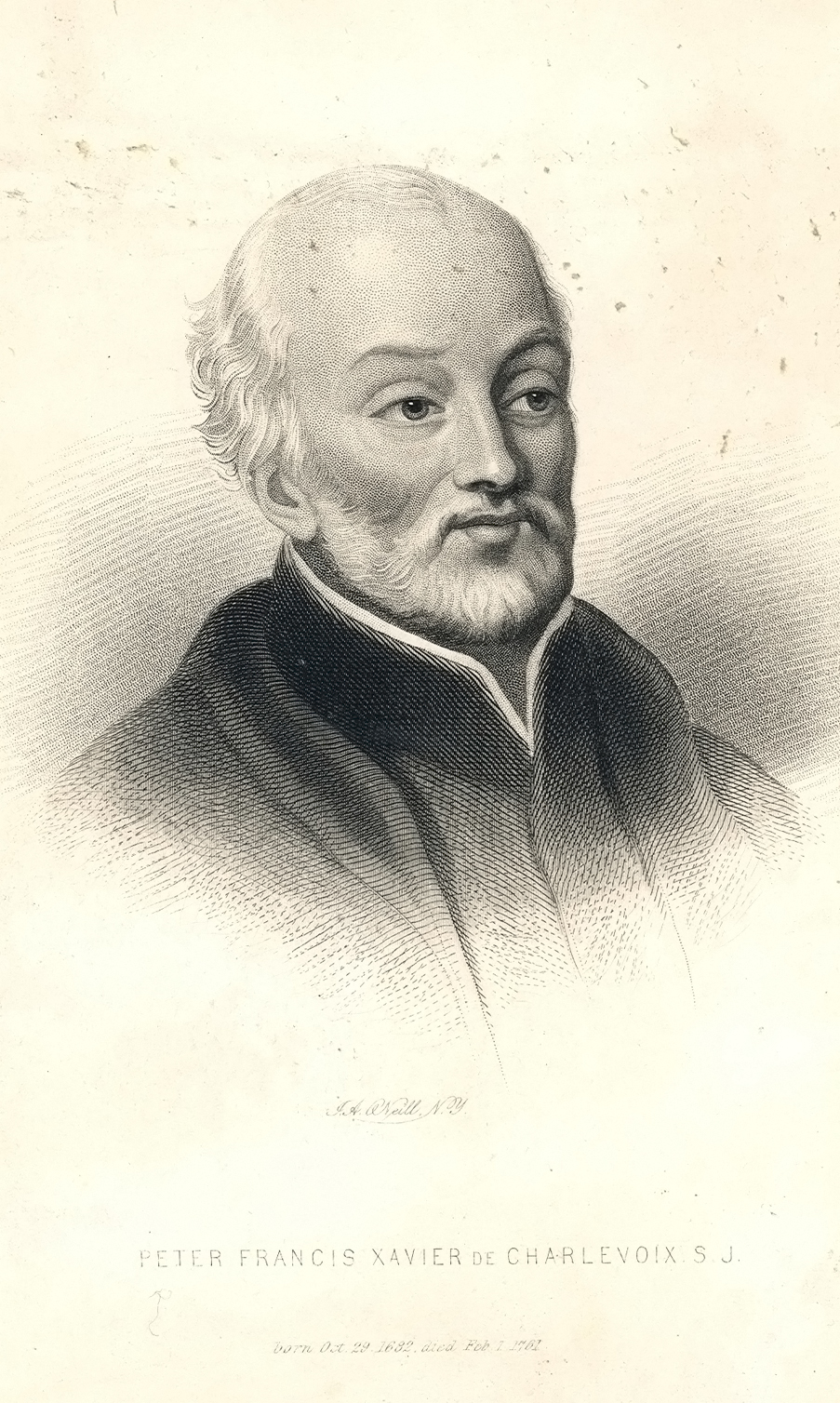
 These are the actual words of the Colonial Council nervously begging the King to send some badass Jesuits to come in and protect them, seemingly implying that other orders of priests were not clever, active, or alert. Father Beaubois came in and purchased a nice chunk of land – today; it is the entire Central Business District from Canal all the way up to the Lower Garden District. The plantation allowed the Jesuits to create their own income – handy for not having to put up with any sort of outside interference. And as the Jesuits had great success with sugar cane in the now Dominican Republic and other places around the globe, they became the first folks to grow it here.
These are the actual words of the Colonial Council nervously begging the King to send some badass Jesuits to come in and protect them, seemingly implying that other orders of priests were not clever, active, or alert. Father Beaubois came in and purchased a nice chunk of land – today; it is the entire Central Business District from Canal all the way up to the Lower Garden District. The plantation allowed the Jesuits to create their own income – handy for not having to put up with any sort of outside interference. And as the Jesuits had great success with sugar cane in the now Dominican Republic and other places around the globe, they became the first folks to grow it here.
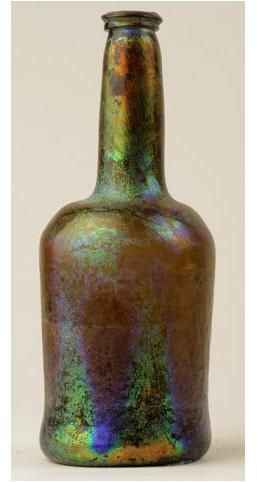 The priests were turning out large volumes of sugar, molasses, and hootch. Some histories downplay it, noting they were only producing enough for themselves, while other accounts describe how their rum was the only game in town. In the beginning, everyone could kick back with a rejuvenating cup of tafia, feel content, secure, and religiously correct. But it only took a decade for attitudes to sober up.
The priests were turning out large volumes of sugar, molasses, and hootch. Some histories downplay it, noting they were only producing enough for themselves, while other accounts describe how their rum was the only game in town. In the beginning, everyone could kick back with a rejuvenating cup of tafia, feel content, secure, and religiously correct. But it only took a decade for attitudes to sober up.
By the 1760s, fears of Indian uprising had subsided with a new concern: How’d the Jesuits get so rich?
And can we have a piece?
The new zeitgeist in governments across Europe was obsessed with separating Church and State. Also, in a growing time of nationalism, it was hard to sell subservience to the Pope in Rome as a good thing.
Throughout the world of different empires, a monumental backlash beset the Society of Jesus. All over Europe, New France (Canada), New Spain (Mexico), and many more places as far away as the Philippines, Jesuits were bitterly repudiated. Their lucrative plantations and other business operations were confiscated, and the priests were expelled from many territories. That fever hit New Orleans.
Attorney General Nicholas Chauvin de Lafreniere convened a Superior Council, lay shopkeepers, and merchants. These non-priest entrepreneurs then got a copy of the Jesuits’ own Constitution. They found it allowed religious men to make money on top of the donations they already received and the special considerations they historically got from the crown.
It took the jurists just over a week to basically say, “This is outrageous! Get out!” They were either entirely justified or entirely anti-Vatican, depending on which history you look at. Either way, there was quite a bit of wealth the hardworking holy men had accumulated, and guess who was getting cut out?
The 1763 Decree of Suppression of the Society of Jesus in Louisiana lowered the boom on the Order. The (very valuable) land was expropriated. It’s not clear what the value was at the time, but today it is the home of City Hall, the Superdome, the entire Central Business District, and fourteen of the fifteen biggest hotels in the city. They conducted an eight-day auction – including barrels and barrels of tafia – with the proceeds no doubt going into public coffers, ahem. The priests, who can be seen as heroes and villains, were sent sailing back to France.
By 1773 Pope Clement XIV had declared a worldwide suppression of the Jesuits. It was not forever. The Order clearly has made a comeback in the modern era. Interestingly, New Orleans, today is home to a great Jesuit university – Loyola; and one of our top high schools, Jesuit, has been the alma mater of many mayors ( e.g., Moon and Mitch Landrieu, Marc Morial), national entertainers (Dr. John, Harry Connick, Jr.), pro athletes (Rusty Staub, Will Clark), and this not-so-humble author’s son, and all-around great men today.